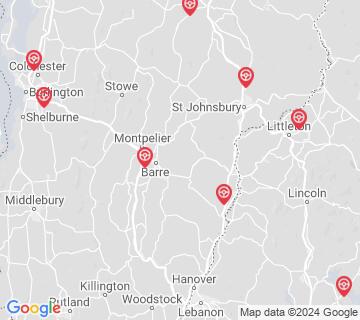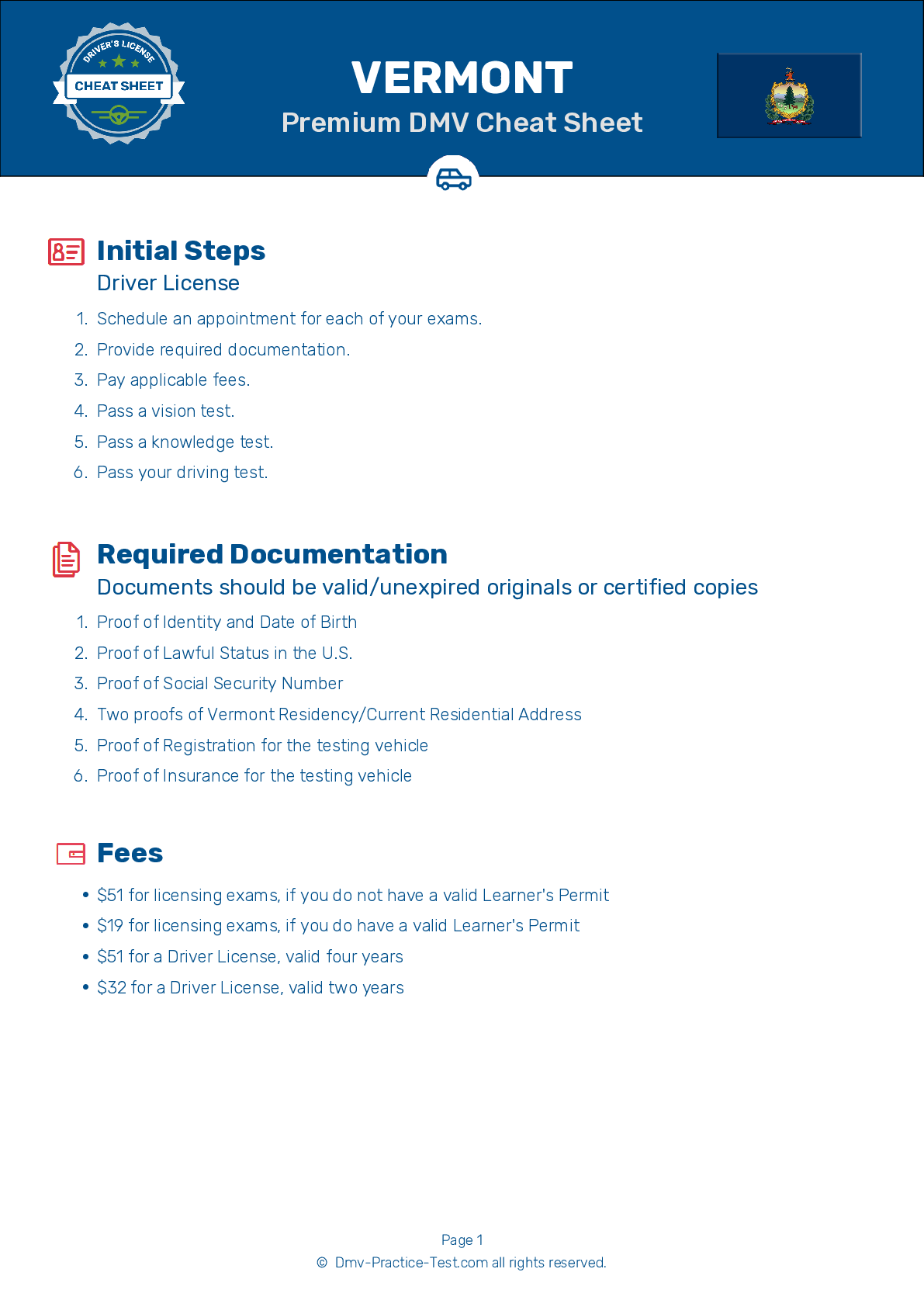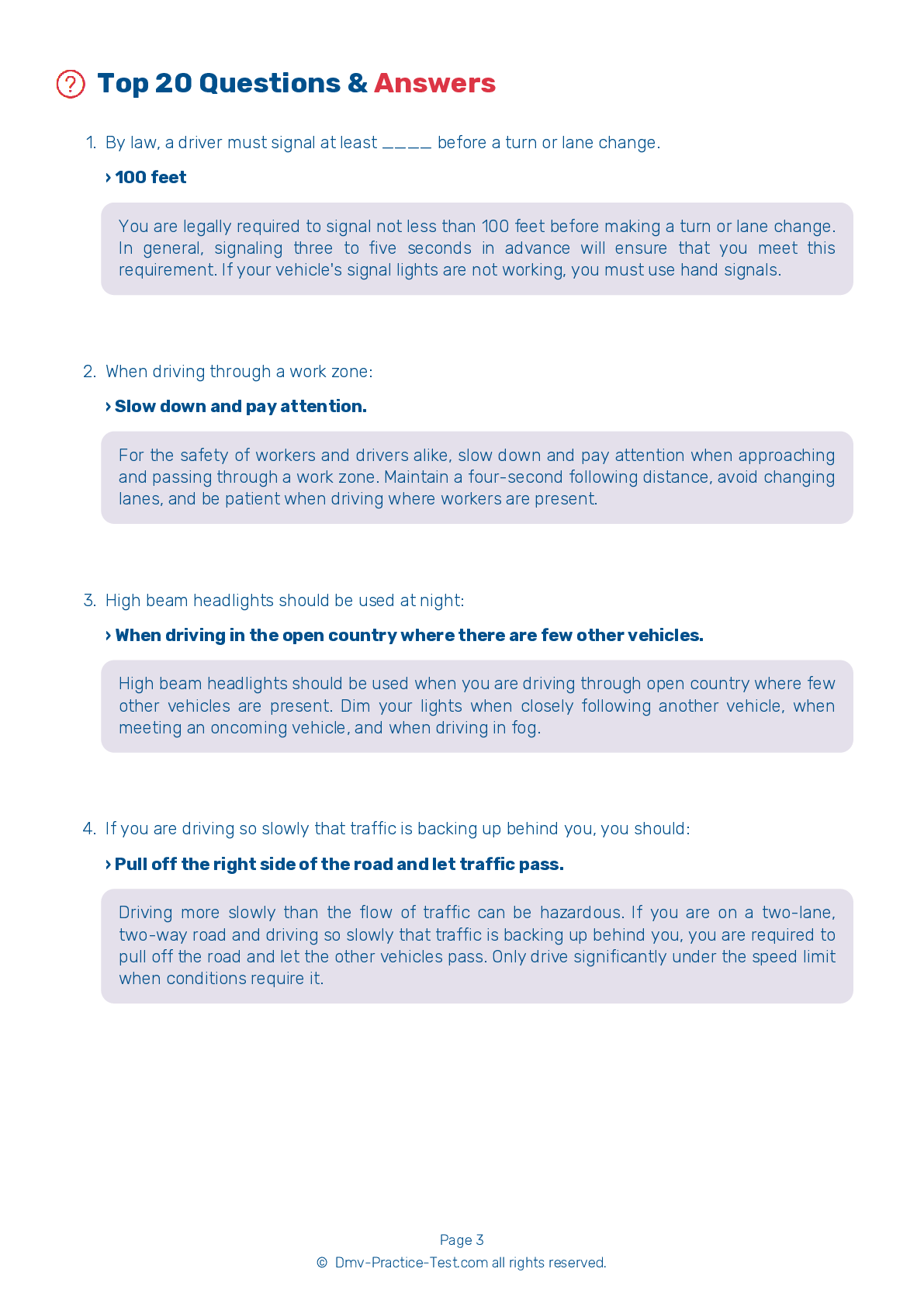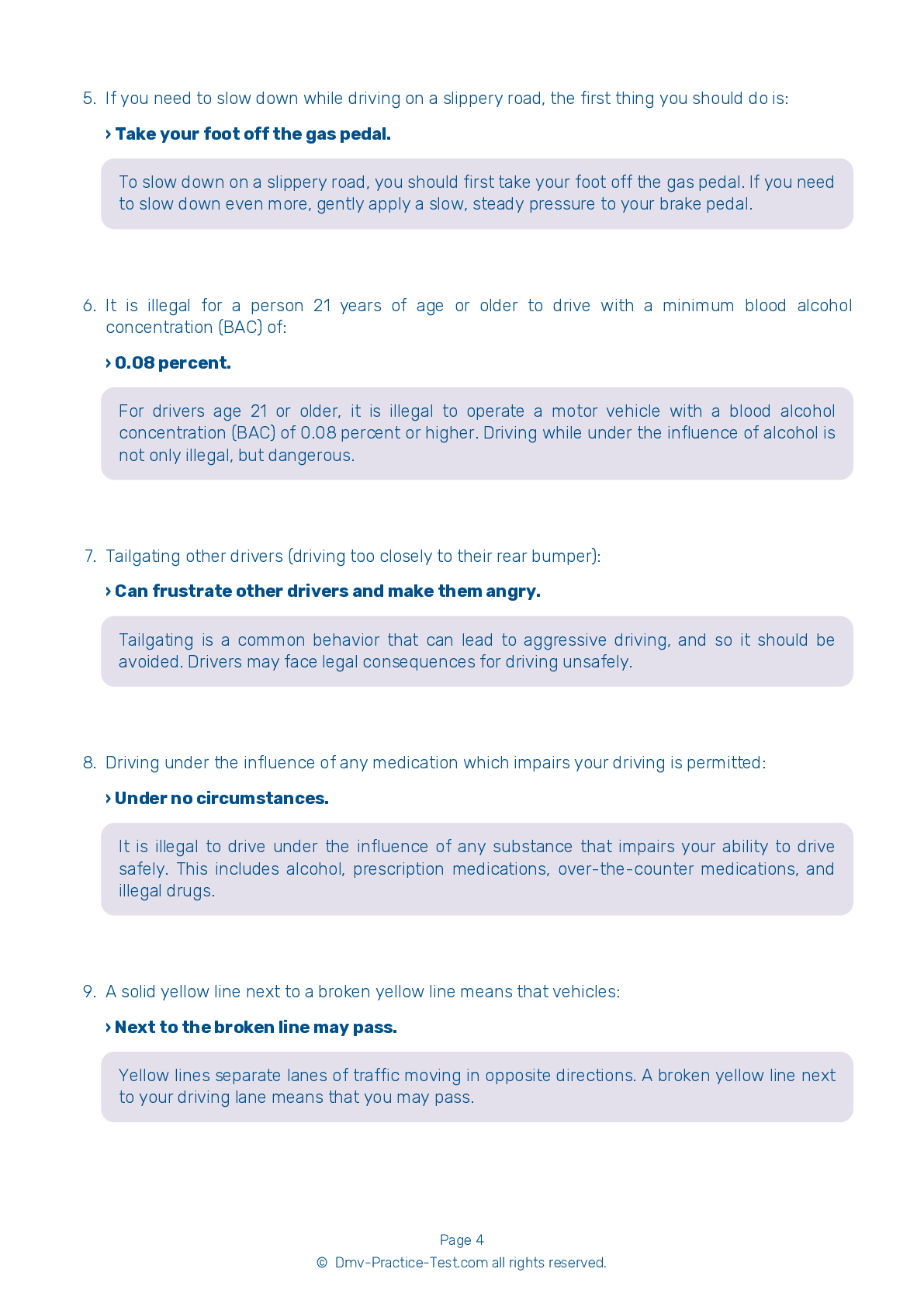FREE Vermont DMV Practice Test #11
The Vermont DMV practise examinations have been updated for January 2025. It includes questions based on the Vermont Driver Handbook's most significant traffic signals and legislation for 2025. Use actual questions that are very similar (often identical!) to the DMV driving permit test and driver's licence exam to study for the DMV driving permit test and driver's licence exam.
On the practise exam, each question gets a tip and explanation to help you remember the concepts. The written component of the official Vermont DMV test will include questions about traffic rules, traffic signs, and driving statutes, as well as knowledge from the Driver Handbook.
To obtain a passing grade, you must correctly answer 16 of the 20 questions. Use the practise exam provided by the Vermont Department of Motor Vehicles to help you prepare for your instruction permit or driver's licence.
The DMV exam is available in several languages.
Using any kind of testing assistance will result in an automatic fail, and the DMV may take additional action against your driver's licence, so stay away from it.
1 . A driver can legally pass on the right side of another vehicle:
If there is an available passing lane, you may pass on the right of a vehicle or bicycle that is turning left or waiting to turn left. It is also legal to pass on the right when driving on a multilane road with two or more lanes traveling in the same direction. You may never drive off the pavement or main-traveled portion of the road to pass another vehicle.
2 . Bicyclists:
Under Vermont law, bicyclists may legally ride on all roads, except in specific locations where they are prohibited (such as on interstate highways). The same traffic rules and regulations that apply to motorized vehicles also apply to bicycles. When turning, bicyclists must signal their intent with the appropriate hand signal.
3 . When you hear a fire engine siren behind you, you must:
When you hear the siren of an emergency vehicle, you must pull over to the curb or side of the road and stop.
4 . Seat belts are most effective when they are worn by:
When you drive, make sure each person in your vehicle wears a seat belt. In the event of a crash, a person without a seat belt becomes a flying object and a danger to each person in the vehicle.
5 . When approaching a school bus that is stopped and using its red warning lights:
It is illegal to pass a stopped school bus that has its red warning lights on, even in a school yard. However, if you are passing a school bus stopped on the opposite side of a divided highway, you may continue driving.
6 . When you approach a railroad crossing without flashing warning signals or crossing gates, you should:
Always be prepared to yield to any oncoming trains before crossing railroad tracks, particularly if there are no lights or gates controlling the crossing. Never start to cross the tracks until there is room for your entire vehicle on the other side of the tracks. Due to the risk of a vehicle stalling, it is not wise to shift gears when crossing railroad tracks.
Search the best driving school in your neighbourhood
2025 Vermont | Frequently Asked Questions
1. Not checking mirrors and blind spots before changing lanes or turning.
2. Speeding or driving too slowly for the conditions or posted speed limit.
3. Not coming to a complete stop at stop signs or red lights.
4. Incorrect signalling or not signalling at all.
5. Poor parking, especially parallel parking.
Remember, practice makes perfect, so take time to hone your skills.




